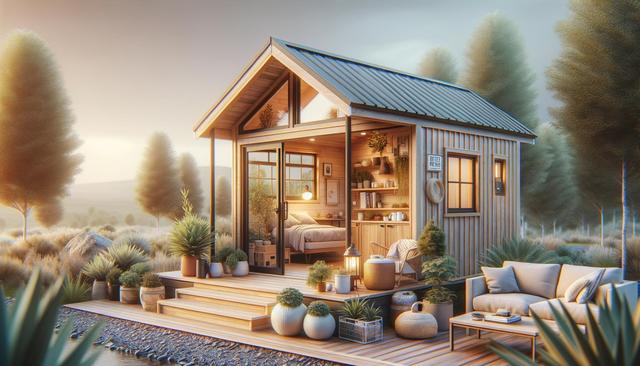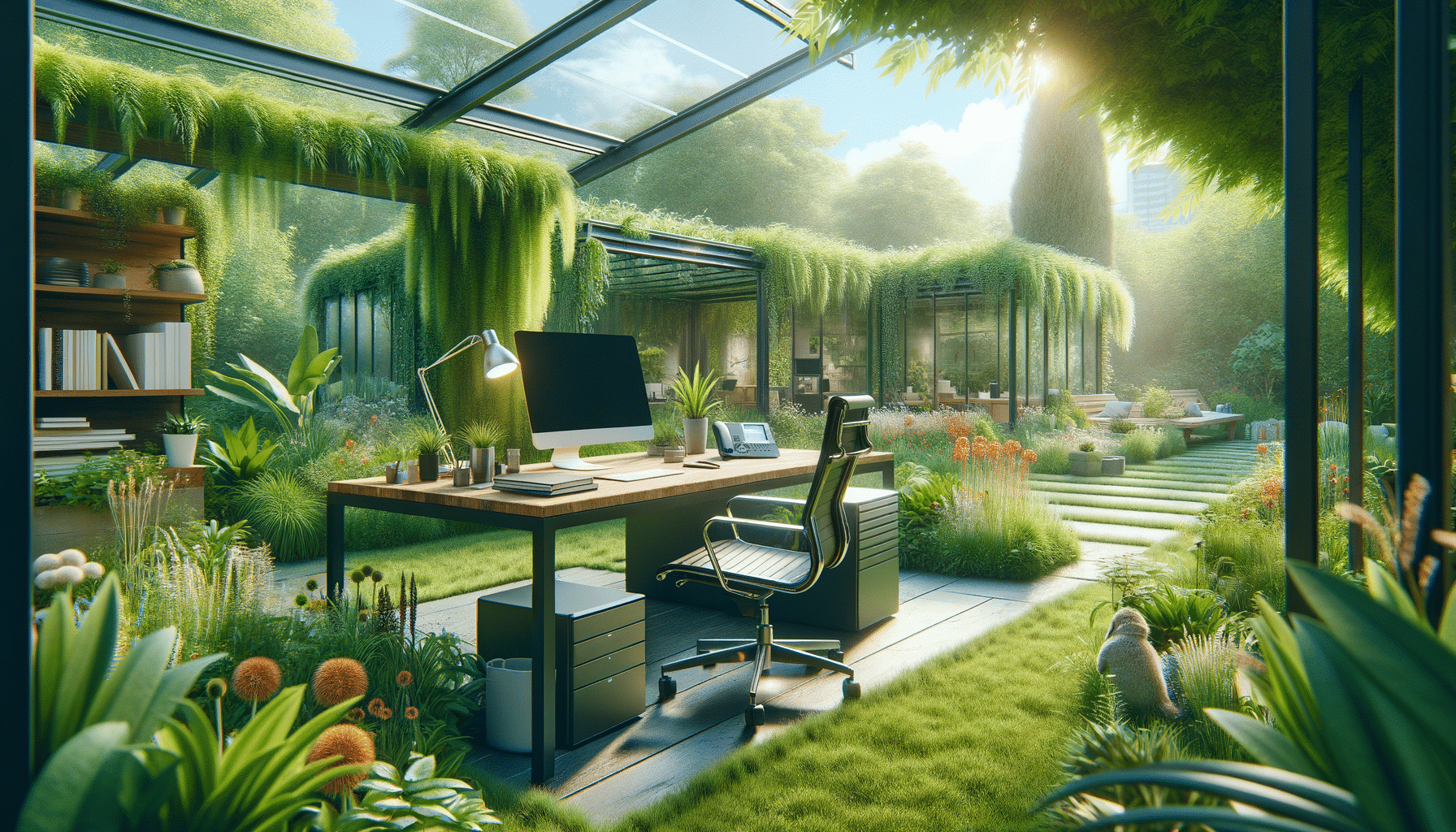
5 Reasons Americans Are Embracing Tiny Homes
Financial Freedom and Cost Savings
One of the most compelling reasons Americans are transitioning to tiny homes is the significant financial relief they offer. With the rising cost of traditional housing, many individuals and families find themselves priced out of the market. Tiny homes provide a more accessible alternative, allowing people to own property without the burden of a large mortgage or high rent. Construction and maintenance costs are also substantially lower, which can lead to long-term savings.
Owning a tiny home often eliminates or reduces the need for:
- Monthly mortgage payments
- Expensive utility bills
- Costly home repairs and upkeep
These savings can be redirected toward other financial goals such as paying off debt, investing, or increasing retirement contributions. For many, the shift to a smaller space is not just about affordability—it’s a strategic move toward financial independence.
Simple Living and Minimalism
Embracing a minimalist lifestyle is another key motivation for choosing tiny homes. In a culture often driven by consumerism, more Americans are finding value in simplifying their lives. Tiny homes encourage owners to prioritize what truly matters by reducing clutter and focusing on functionality. This shift often leads to better mental clarity and reduced stress.
Living in a tiny home naturally supports:
- Decluttering and downsizing possessions
- Conscious purchasing decisions
- A focus on experiences over material goods
Minimalism doesn’t mean doing without, but rather making thoughtful choices. Tiny homes offer creative storage solutions and multipurpose furniture that make efficient use of space. As a result, homeowners are able to maintain comfort and convenience within a simplified environment.
Environmental Impact and Sustainability
Environmental consciousness is another strong factor driving interest in tiny homes. As concerns about climate change and sustainability grow, many people are looking for ways to reduce their ecological footprint. Tiny homes, by their very design, consume fewer resources and generate less waste compared to traditional houses.
Sustainable features commonly found in tiny homes include:
- Solar panels and renewable energy systems
- Composting toilets and water-saving fixtures
- Eco-friendly building materials
Additionally, the smaller space requires less energy for heating and cooling, which contributes to lower carbon emissions. For individuals seeking to live in harmony with the environment, tiny homes offer a practical and impactful solution.
Mobility and Flexibility
Another appealing aspect of tiny homes is the flexibility they provide. Many models are built on trailers, allowing them to be relocated with ease. This mobility is especially attractive for individuals who want to travel or change locations without giving up the comfort of their own home.
Benefits of mobile tiny homes include:
- The ability to explore new areas without hotel stays
- Freedom from long-term leases or permanent property commitments
- Opportunities to live closer to nature or off-grid
This lifestyle supports a growing trend of remote work and digital nomadism, where people can live and work from virtually anywhere. A tiny home on wheels provides a unique way to combine work, travel, and home life in a cohesive manner.
Creative Design and Personalization
Tiny homes may be small in size, but they are big on creativity. Homeowners often enjoy the process of designing or customizing their space to reflect personal tastes and needs. From loft bedrooms to fold-out dining tables, every square foot is thoughtfully utilized.
Creative elements that enhance tiny home living include:
- Built-in storage and hidden compartments
- Convertible furniture for dual-purpose use
- Customized layouts tailored to daily routines
These homes prove that limited space doesn’t mean limited style. Many owners find joy in the opportunity to craft a home that is both beautiful and practical. The result is a space that feels uniquely theirs, often filled with character and charm.
Conclusion: A Lifestyle Rooted in Intentionality
The growing interest in tiny homes across the United States reflects a broader shift in values. More Americans are choosing to live intentionally—prioritizing financial freedom, environmental responsibility, personal well-being, and flexibility. Tiny homes offer more than just a place to live; they represent a conscious decision to redefine what home means. As this movement continues to expand, it’s clear that the appeal of tiny living is not just a trend, but a meaningful lifestyle choice for those seeking greater simplicity and purpose.

